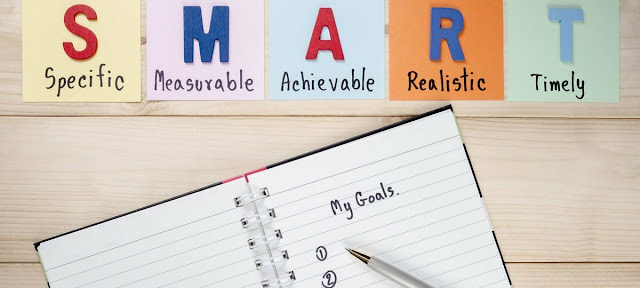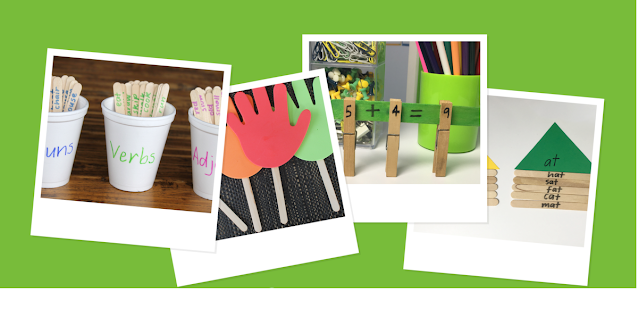A Fun Activity to Introduce Density to Children

We’re very excited to be sharing a fun demonstration of density on Teach Starter today. Even if your children are too young to really understand the concept, they’ll still love watching different layers form when you add liquids of different densities to a glass and how different objects float on the different layers. The liquids with the greatest density sink to the bottom. You can add as many layers as you want, and experiment to see how they sit on top of each other. What you need Vegetable oil Water LEGO or other small objects. Other liquids to try are golden syrup, treacle, milk, honey, colored water. Instructions Pour some water carefully into a glass or jar. Very carefully add about the same volume of cooking oil on top. Then drop a couple of small objects into the mixture and observe what happens. Can you find something to float on each layer? What happens if you shake it? What do you think of our spooky Halloween density glass? The science bit Each of the l...









